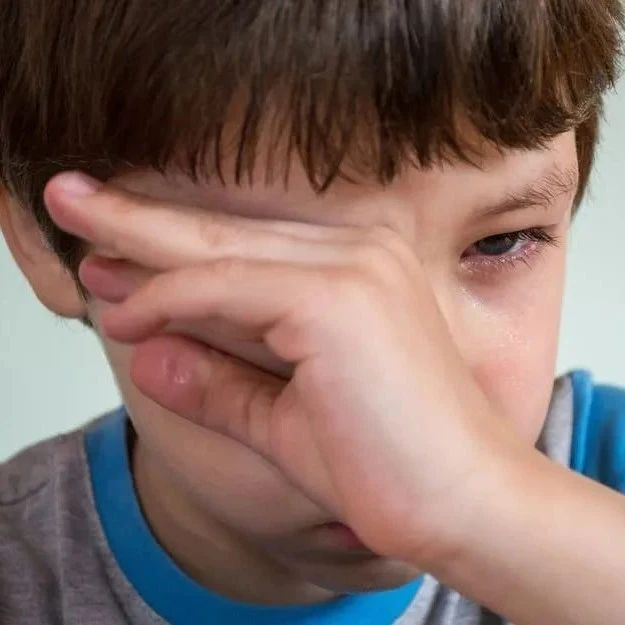一项研究调查了15个州的16000位成年人,发现大约有29%的人说他们过去的生活中至少梦游过一次,接近3%的人梦游频率在1年一次和1月一次之间,1%的人至少每月梦游2次。

Maurice Ohayon 说,“我们不知道梦游症作为一种失调在普通人群中的患病率,而且这是个大问题。” Maurice Ohayon是斯坦福睡眠流行病学的主任,领导这项研究,研究结果发表在Neurology杂志上。
先前关于梦游症的研究大多数是基于实验室进行的研究,但是Ohayon说他想要知道人们在家里到底发生了什么?
研究询问实验者他们的生活方式和睡眠习惯,健康问题以及他们是否有任何睡眠、精神或包括梦游等其他形式的失常。
研究发现,患有失眠症或睡眠呼吸暂停综合症、重度饮酒以及服用安眠药的人,这些人更有可能梦游。
研究发现,服用抗抑郁药-选择性五羟色胺再摄取抑制剂的实验者梦游的概率更大,但研究人员表示这些药物治疗的条件能够解释这一现象。抑郁症和强迫症都与梦游症有关。
Ohayon的团队报告说,近1/3的梦游症患者说他们有梦游症的家族史。
“我对此结果非常惊讶。” Timothy Young说,他是梅约诊所的神经学家和睡眠医学专家。
Young并未参与这项研究,他说梦游症在童年时期很普遍,但随着人们的成长会逐渐减少。研究人员表示,先前的研究发现30%的儿童可能会梦游。
据Young说,梦游症包括从梦呓到起床等一系列动作。当梦游者走下楼梯甚至出门,这就成了问题。

Prevalence and comorbidity of nocturnal wandering in the US adult general population
M.M. Ohayon, MD, DSc, PhD, M.W. Mahowald, MD, Y. Dauvilliers, MD, PhD, A.D. Krystal, MD, MS and D. Léger, MD, PhD
Objective: To assess the prevalence and comorbid conditions of nocturnal wandering with abnormal state of consciousness (NW) in the American general population.
Methods: Cross-sectional study conducted with a representative sample of 19,136 noninstitutionalized individuals of the US general population ≥18 years old. The Sleep-EVAL expert system administered questions on life and sleeping habits; health; and sleep, mental, and organic disorders (DSM-IV-TR; International Classification of Sleep Disorders, version 2; International Classification of Diseases–10).
Results: Lifetime prevalence of NW was 29.2% (95% confidence interval [CI] 28.5%–29.9%). In the previous year, NW was reported by 3.6% (3.3%–3.9%) of the sample: 1% had 2 or more episodes per month and 2.6% had between 1 and 12 episodes in the previous year. Family history of NW was reported by 30.5% of NW participants. Individuals with obstructive sleep apnea syndrome (odds ratio [OR] 3.9), circadian rhythm sleep disorder (OR 3.4), insomnia disorder (OR 2.1), alcohol abuse/dependence (OR 3.5), major depressive disorder (MDD) (OR 3.5), obsessive-compulsive disorder (OCD) (OR 3.9), or using over-the-counter sleeping pills (OR 2.5) or selective serotonin reuptake inhibitor (SSRI) antidepressants (OR 3.0) were at higher risk of frequent NW episodes (≥2 times/month).
Conclusions: With a rate of 29.2%, lifetime prevalence of NW is high. SSRIs were associated with an increased risk of NW. However, these medications appear to precipitate events in individuals with a prior history of NW. Furthermore, MDD and OCD were associated with significantly greater risk of NW, and this was not due to the use of psychotropic medication. These psychiatric associations imply an increased risk due to sleep disturbance.







